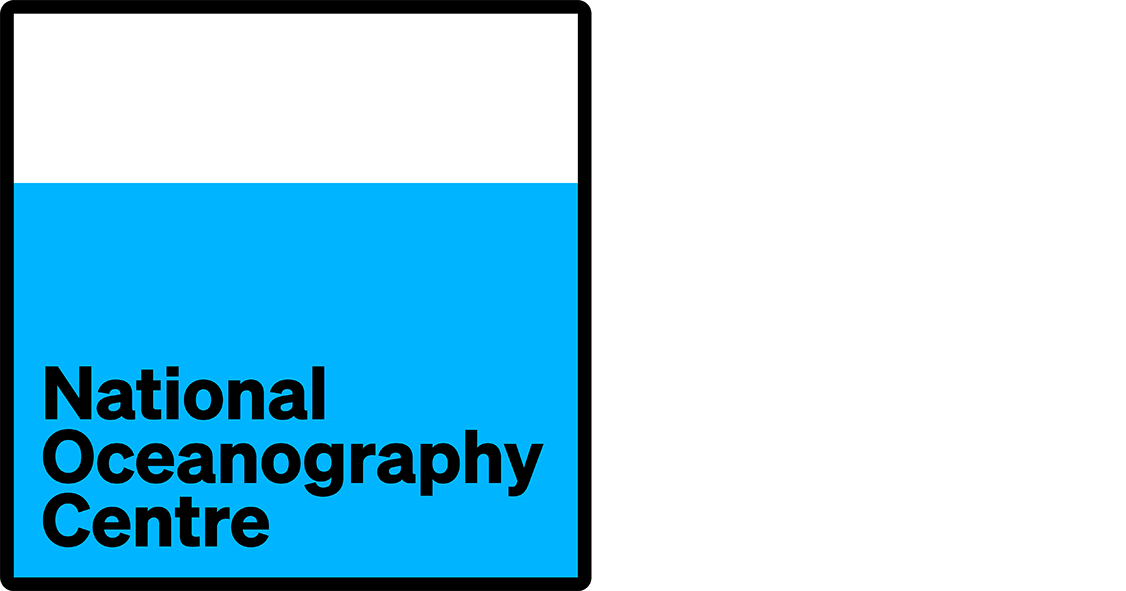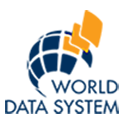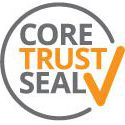- Resources
- Vocabularies
- SeaVox
SeaVoX
The marine community has large volumes of oceanographic data collected by numerous organisations. If regional or global data portals are to improve, the need for the adoption and use of common metadata standards and new communication technology is imperative. This will allow coordinated management and data exchange.
Initiatives such as SeaDataNet and MarineXML are working toward the International Organization for Standardization (ISO) 19115 standard. They are using code lists and controlled vocabularies to regulate the population of metadata. This opens up data sets to computer aided manipulation, distribution and long term reuse.
What is SeaVoX?
Vocabulary content governance is very important in order to stay up-to-date and in sync with ongoing developments. Therefore, a combined SeaDataNet and MarineXML Vocabulary Content Governance Group (SeaVoX) has been set up, moderated by BODC.
SeaVox operates by mailing list server and is open to anyone with a genuine interest in controlled vocabularies for the marine science domain. It has an active membership of experts from SeaDataNet, Marine Metadata Interoperability project (MMI), Marine Overlays on Topography for Annex II Valuation and Exploitation (MOTIIVE), JCOMM in situ Observing Platform Support Centre (JCOMMOPS) and other international groups.
If you are interested in joining SeaVoX contact the Intergovernmental Oceanographic Commission (IOC) MarineXML Steering Group Chair.
Terms of reference
SeaVoX has responsibility for the content management of all controlled vocabularies for the SeaDataNet and the IOC ISO19139 profile except specific platform identifiers (ship codes and the like).
How SeaVoX operates
- The aim of the mailing list is to reach consensus through discussion on the topics raised.
- A week of silence on a topic is taken as 'subject closed' and the decisions made on that topic will be implemented.
- If consensus cannot be reached then the decision becomes the responsibility of the MarineXML Steering Group Chair.
- Once loaded, vocabulary terms cannot be deleted and changes to term definitions can only broaden meanings.
The controlled vocabulary list is made publicly available via the NERC Vocabulary Server Web Service, developed by BODC in 2006.
SeaVoX Salt and Fresh Water Body Gazetteer
This data set defines the geographic extent of the terms specified by the SeaVoX vocabulary governance group to describe salt and fresh water bodies. It consists of over 220 named regions, for example, oceans and seas such as the Atlantic Ocean and the North Sea.
On behalf of SeaVoX, the data set is maintained as a polygon shapefile by BODC. The shapefile can be downloaded from the Flanders Marine Institute (VLIZ) as part of the VLIZ Marine Gazetteer. It is also available on request from BODC.
The hierarchical relationships between polygons and the co-ordinates of the grid boxes enclosing their minimum area bounding rectangles are available in XML form. The contents (but not relationships) of the gazetteer can be viewed in human-readable form in the SeaDataNet client or browsed online as part of the NERC Vocabulary Server
It is intended that the grid boxes will be replaced by service bindings to appropriate Open Geospatial Consortium (OGC) Web Services.


